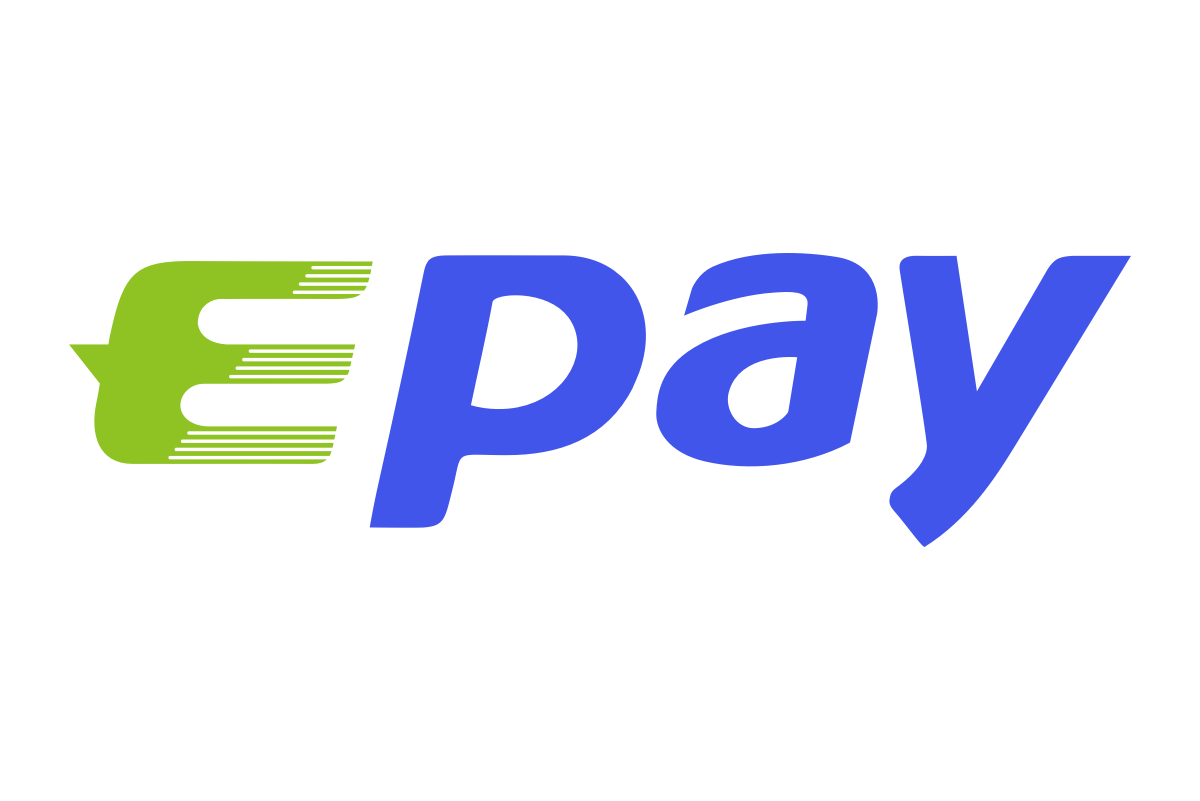
How to pay suppliers in India and Vietnam with less cost in a short time




Foxconn, an electronics manufacturer and a major player in Apple's supply chain, has begun to move factories to Southeast Asian regions such as India and Vietnam in order to reduce manpower and material costs. Not only Foxconn, but many domestic manufacturers are also moving their factories to these areas.
Therefore, as a domestic manufacturer, how to pay suppliers in India and Vietnam and how to pay local workers has become a new problem. With so many payment methods, which one is the fastest and cheapest, and which are most highly accepted by local suppliers and workers?
This article will introduce 4 ways how to pay suppliers in Vietnam and India. For each payment method, we’ll look at how many suppliers accept these payment options, the risks of each, and the total costs involved.
1. Epay Remittance (Epay.com)
International payments using Epay are far less complicated than other payment methods. You simply sign up for an Epay account, pay in your local currency, enter your suppliers' bank details, and your suppliers will receive their local currency. For example, if you need to pay a supplier in India, deposit the US dollars into Epay, and then you can pay Indian rupees to the supplier in India. Suppliers do not need to register an Epay account, for them, it is as convenient as receiving cash in their bank account.
Using Epay for international remittance or payment, you only need to pay a simple fee, and you will not pay any hidden fees due to low exchange rates. All transactions are done at mid-market prices. This makes Epay distinct from international payment providers.
In addition, if you don’t have U.S. dollars, but you get Euro, Korean Won, Japanese Yen, Brazilian Real, Chilean Peso, Mexican Peso or Naira, etc., you can also recharge them into Epay and automatically Change it into US dollars and make payment.
The cost is up to 4 times cheaper than other alternatives and is very worth trying.
2. Wire Transfer (T/T)
This is the most common payment method and is widely accepted by suppliers.
There are risks on both sides. Suppliers will often insist on a deposit to lower their risk which subsequently then increases yours. The more customized or more hard-to-sell the goods are, the higher the deposits will normally be. As such, it’s best if you have a good relationship with your supplier.
And you’ll bear the cost of the foreign exchange transaction. It offers a lower rate than you can find all over the web. Also, international wire transfers take 3-7 business days to receive funds.
So while wire transfers may be a common payment method, more and more people don't want to use it to receive money anymore.
3. Paypal
PayPal's services can be said to cover most countries and regions. So it can also be used in India and Vietnam. It is becoming increasingly popular for small transactions, especially electronics sales. But this service is not generally popular with suppliers, because PayPal has a very large chargeback risk.
Although PayPal focuses on buyer protection, there are still certain risks. Their protection policies are complex, especially for international transactions. If a dispute arises, it can take time to make your claim and, of course, you might not win.
Fees are charged as a percentage and there are also substantial exchange rate costs. If you’re buying small quantities or samples, PayPal can be a convenient way to pay. However, the fees increase quickly as the size of the transaction grows.
While PayPal transactions are convenient, they are too expensive for importers.
4. Western Union
Western Union (WU) is widely accepted for small or medium-sized transactions. It’s popular with suppliers because it’s fast and easy to use.
To send money with Western Union, head to a location grocery store or post office that facilitates Western Union payments. When you pay the cashier, you’ll be asked for the remitter's name, remittance amount, and Money Transfer Control Number (MTCN) in detail. you would then give the number to your supplier, who will collect the payment from a Western Union outpost in India or Vietnam.
Western Union is very fast. However, however, it is quite expensive for buyers. Although the fees may seem low, the service makes money via costly exchange rate markups. It’s also a relatively risky way to send money — there’s very little you can do to get your money back if a supplier does not deliver what was promised.
If you’re looking for a way to send money to India or vietnam, there are plenty of options available — each with its pros and cons.
When weighing your options, consider the costs and risks involved. Some options may seem cheap and convenient but present enormous risks. Others are costly and time-consuming but provide more security.
